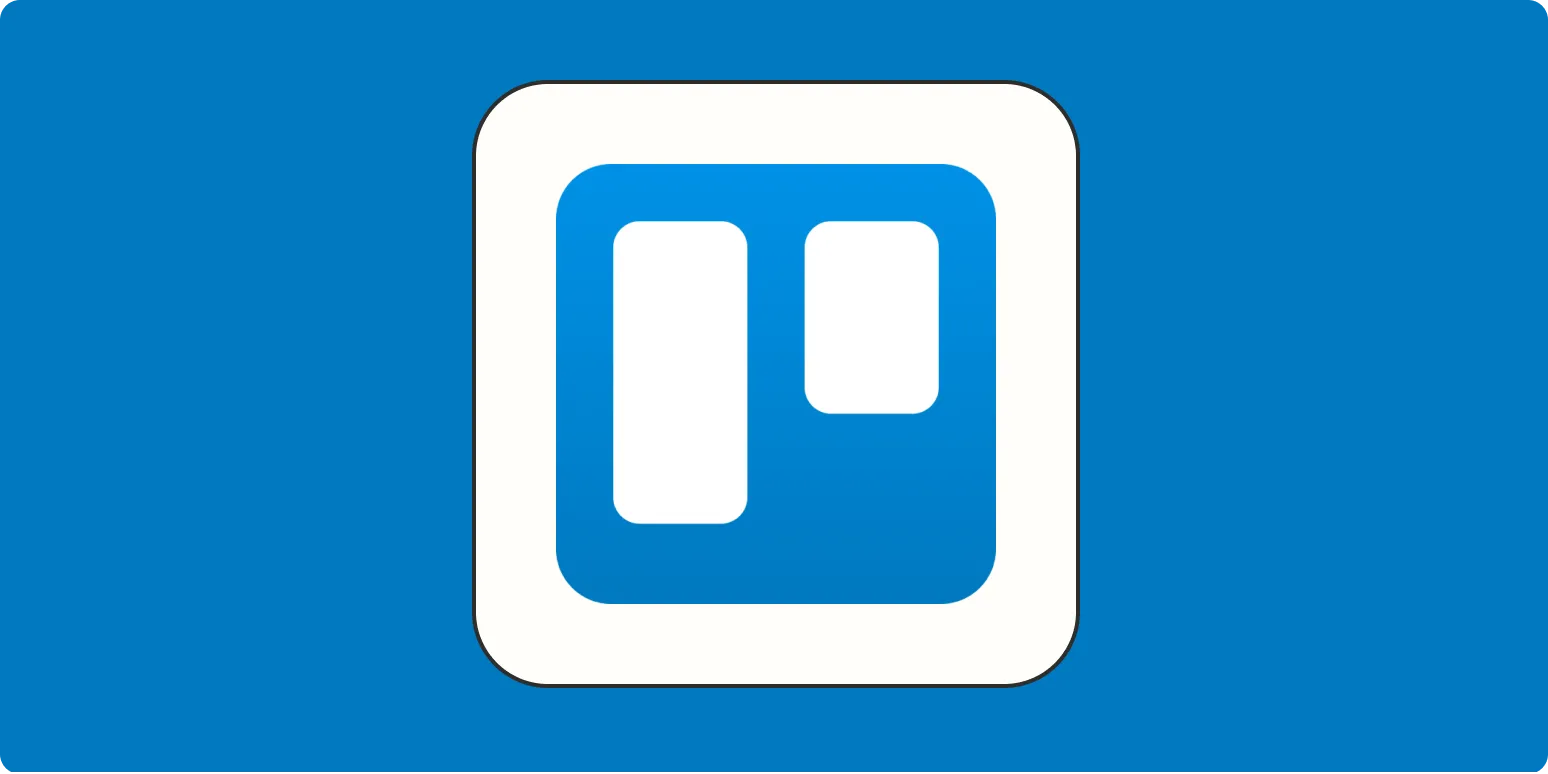Trello is a versatile project management tool that can be effectively used as a Customer Relationship Management (CRM) system. By leveraging its unique features, businesses can streamline their processes and enhance their customer interactions. In this article, we will explore how to use Trello as a CRM and the benefits it offers, along with practical tips to optimize your workflow.
Setting Up Your Trello Board as a CRM
The first step in using Trello as a CRM is to set up a dedicated board. Start by creating a new board titled "CRM" or "Sales Pipeline." This board will serve as the central hub for managing customer relationships.
Creating Lists for Your Workflow
Trello operates on a system of lists and cards. To effectively manage customer relationships, consider creating the following lists:
- Leads: This list will contain potential customers who have shown interest but have not yet made a purchase.
- Contacted: Move leads to this list once you have reached out to them.
- Negotiation: Use this list for customers who are currently in discussions regarding pricing or terms.
- Closed Won: This list is for customers who have finalized their purchase.
- Closed Lost: Use this list for leads that did not convert, allowing you to analyze reasons for loss.
Utilizing Cards for Customer Information
Each card on your Trello board represents a customer or a lead. You can add essential information to these cards to keep track of customer interactions and details. Here’s how to optimize your cards:
| Field | Description |
|---|---|
| Customer Name | The name of the lead or customer. |
| Contact Information | Email address and phone number for easy follow-up. |
| Notes | Important details from conversations or meetings. |
| Follow-Up Date | Set reminders for when to reach out next. |
Integrating Trello with Other Tools
To enhance the functionality of Trello as a CRM, consider integrating it with other tools. For instance, using tools like Zapier can automate tasks between Trello and your email marketing platform or your calendar. This integration helps streamline your workflow and ensures you never miss a follow-up.
Using Labels for Better Organization
Labels are a powerful feature in Trello. By applying different colors and tags to your cards, you can categorize customers based on various criteria, such as:
- Stage in Sales Funnel: Differentiate leads, prospects, and active customers.
- Priority: Highlight high-priority customers or urgent follow-ups.
- Source: Indicate how the lead was acquired (e.g., referral, social media, etc.).
Utilizing labels effectively can help you quickly assess the status of your customer relationships at a glance.
Tracking Progress with Checklists
Each card in Trello allows for the addition of checklists. Use this feature to outline the steps needed for each lead, such as:
- Initial outreach
- Follow-up email
- Proposal sent
- Contract signed
This practice keeps you organized and ensures that no steps are overlooked during the sales process.
Monitoring Analytics with Power-Ups
Trello offers various Power-Ups that can enhance its capabilities as a CRM. Consider using Power-Ups like Custom Fields to add specific metrics related to customer interactions. Additionally, the Trello Analytics Power-Up can help you monitor your team’s performance and track the success of your customer engagement strategies.
Conclusion
Using Trello as a CRM can be an effective way to manage customer relationships without the complexity of traditional CRM systems. By setting up lists, utilizing cards for detailed customer information, integrating with other tools, and leveraging labels and checklists, businesses can enhance their customer interactions significantly. Start experimenting with your Trello board today and unlock the potential of using Trello for your CRM needs.





